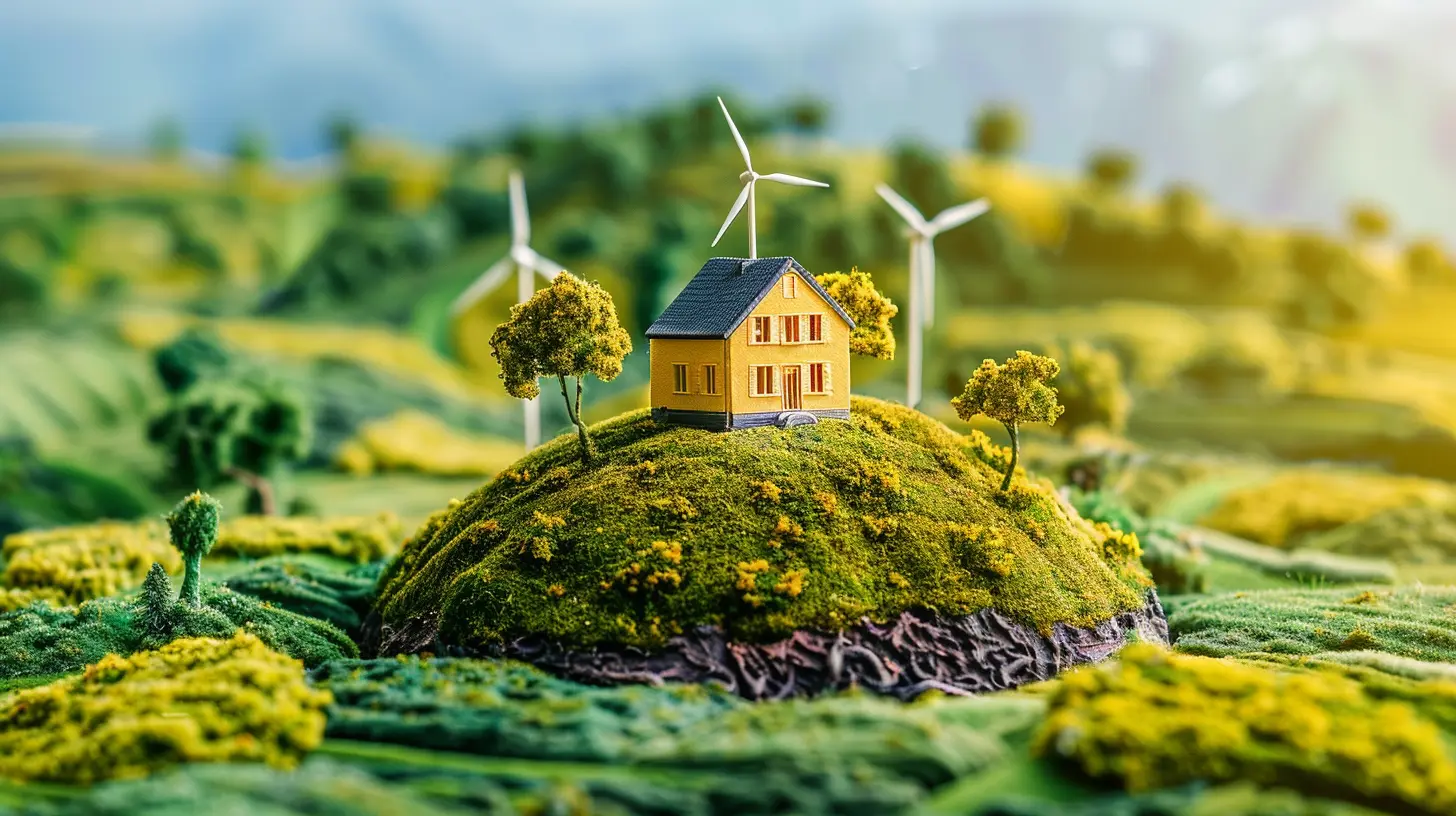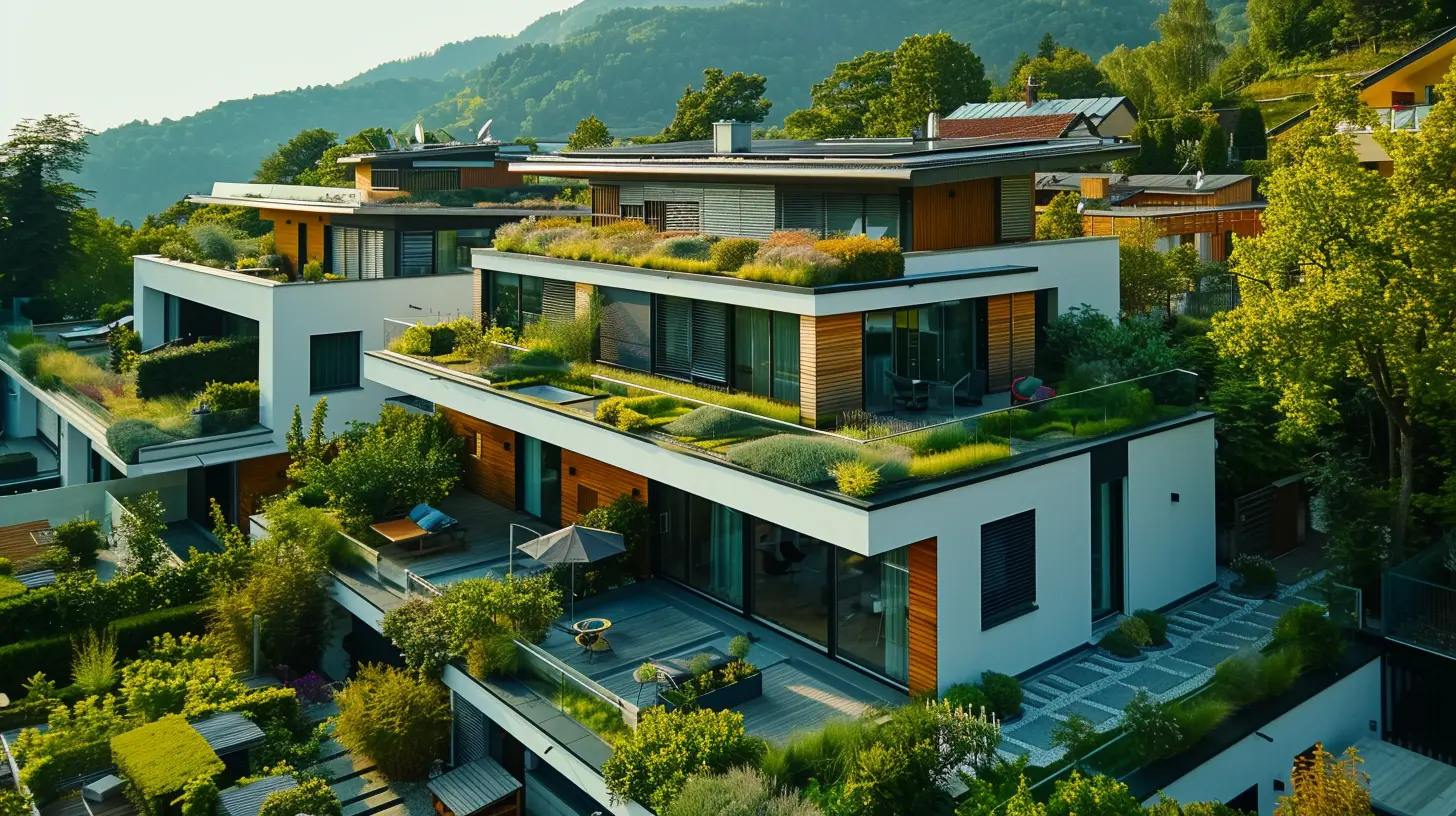The Cost of Living in Eco-Friendly Communities
10 June 2025
Eco-friendly communities are popping up everywhere, promising a greener, healthier, and more sustainable way of living. But let's be real—going green often comes with a price tag. So, how much does it actually cost to live in one of these eco-conscious neighborhoods? And more importantly, is it worth it? Let’s break it down.

What Are Eco-Friendly Communities?
Before we dive into the costs, let’s clarify what we mean by "eco-friendly communities." These are neighborhoods designed to minimize environmental impact through:- Energy-efficient homes (solar panels, smart grids, and insulation)
- Sustainable building materials (recycled wood, non-toxic paint, and natural fibers)
- Green spaces (parks, community gardens, and wildlife conservation)
- Renewable energy sources (wind, solar, and geothermal)
- Waste reduction initiatives (composting, recycling, and zero-waste lifestyles)
Sounds great, right? But let’s be honest—these perks don’t always come cheap.

Housing Costs in Green Communities
One of the biggest expenses in an eco-friendly community is the cost of housing. Sustainable homes often come with a higher upfront price due to:- Energy-efficient construction – High-quality insulation, efficient HVAC systems, and smart technology all drive up initial costs.
- Sustainable materials – Eco-friendly materials tend to be more expensive since they are ethically sourced and often require specialized production.
- Renewable energy systems – Solar panels, battery storage, and water recycling systems add to the investment.
That being said, these features significantly reduce utility costs over time, meaning you’ll save money in the long run.
Cost Comparison: Traditional vs. Eco-Friendly Homes
| Feature | Traditional Home Cost | Eco-Friendly Home Cost ||--------------------|---------------------|-----------------------|
| Initial Price | Lower | Higher |
| Monthly Utility Bills | Higher | Lower |
| Maintenance | Moderate | Lower (durable materials) |
| Resale Value | Standard | Higher (growing demand) |
While purchasing an eco-friendly home may cost 5-20% more upfront, the long-term savings on energy bills and maintenance often balance it out.

Utility Expenses: Are They Really Cheaper?
One of the biggest selling points of eco-friendly communities is lower utility costs. But does it hold up in reality?Electricity Costs
If your community runs on renewables like solar or wind, you could see electricity bills drop by 50-90% compared to traditional homes. Some communities even generate surplus energy, allowing homeowners to sell excess power back to the grid—a win-win situation.Water Bills
With rainwater harvesting systems, greywater recycling, and low-flow fixtures, water costs can be cut by 30-50%. Given the rising costs of water in urban areas, this could lead to substantial savings.Heating & Cooling
Smart thermostats and passive solar designs can significantly reduce the need for artificial heating and cooling, slashing energy costs by 30-60% depending on your location.
Everyday Living Costs
While housing and utilities are the major expenses, daily life in an eco-friendly community can also impact your wallet.Food & Groceries
Many green communities emphasize local, organic, and farm-to-table food options. While this is great for your health and the environment, organic food often costs 10-40% more than conventional groceries. However, if the community has shared gardens or urban farms, you might save money by growing your own produce.Transportation Costs
Eco-friendly neighborhoods often promote car-free living, featuring walkable streets, bike lanes, and electric vehicle (EV) charging stations.- If you ditch your car, that’s $5,000 - $10,000 saved per year on fuel, maintenance, and insurance.
- Public transport and car-sharing programs help cut costs further.
- EV charging is often cheaper than gasoline, especially if solar power is involved.
Community Fees & HOA Dues
Many planned eco-communities have homeowners' associations (HOAs) or membership fees that cover:- Community gardens
- Green infrastructure maintenance
- Renewable energy upkeep
- Shared amenities (co-working spaces, parks, and fitness centers)
HOA fees in green communities can be 10-30% higher than in traditional neighborhoods, but they also contribute to cost-saving initiatives like solar power and water recycling.
Long-Term Financial Benefits
While up-front costs may be higher, living in an eco-friendly community can have long-term financial advantages.Higher Resale Value
Green homes are increasing in demand. Energy-efficient properties often fetch 5-10% more than standard homes when reselling, giving homeowners a solid return on investment.Tax Incentives & Rebates
Many governments offer tax breaks for:- Solar panel installation
- Energy-efficient appliances
- Home insulation upgrades
- EV purchases
These rebates can offset initial costs and provide financial relief over time.
Lower Healthcare Costs
Living in a pollution-free, green environment can lead to better overall health, reducing medical expenses. Poor air quality and toxic materials in conventional homes often contribute to respiratory and skin conditions, which can be costly to treat.
Is the Cost Worth It?
Let’s sum it up. Yes, living in an eco-friendly community can be more expensive upfront, but the long-term savings on energy, water, transportation, and even healthcare often outweigh the initial costs.And let’s not forget the intangible benefits—healthier surroundings, a reduced carbon footprint, and a more sustainable lifestyle. If you’re thinking of investing in a green community, it might just be one of the smartest financial (and ethical) decisions you’ll ever make.
Final Thoughts
While the cost of living in eco-friendly communities might seem daunting at first, the long-term benefits in terms of savings, health, and environmental impact make it a worthy investment for many. It's all about balancing upfront expenses with future returns—both financially and in terms of quality of life.Would you pay extra to live in a sustainable neighborhood? Or do you think the costs outweigh the benefits? Let’s talk in the comments!
all images in this post were generated using AI tools
Category:
Cost Of LivingAuthor:

Audrey Bellamy
Discussion
rate this article
2 comments
Taryn James
This article effectively highlights the financial implications of living in eco-friendly communities, illustrating how sustainable practices often lead to long-term savings. It’s a compelling reminder that environmental responsibility can also positively impact our wallets.
June 14, 2025 at 3:48 AM

Audrey Bellamy
Thank you for your insightful comment! I'm glad you found the article compelling and appreciate the connection between sustainability and financial savings.
Ranger McMahan
This article beautifully highlights the balance between sustainability and affordability, inspiring us to rethink our living choices. Thank you!
June 13, 2025 at 10:35 AM

Audrey Bellamy
Thank you for your kind words! I'm glad you found the article inspiring. Let's continue to explore sustainable living together!


